11 CFOs discuss their biggest priorities and challenges and how they guide innovation within their organizations
Business Insider Staff

This article is part of The CFO Project: Future of Finance series that drills down on what's on the agendas of some of today's most influential financial executives.
Companies have been stretched in demanding ways during the COVID-19 pandemic. Labor shortages and supply-chain constraints are now topics of conversation, as organizations must readjust or bolster their financial strategies in preparation for the new year.
At the center of these discussions is the chief financial officer, who plays an instrumental role in how their company stays on track and positions itself for the future. And while the position appears to consist of financial responsibilities, the CFO of today is a critical stakeholder in innovation.
As part of our What's Next series, we asked 11 financial executives from a variety of companies to share their biggest priorities, their challenges, and the ways they plan to guide investments and innovation within their organizations.
In a range of industries and company sizes, two trends remain constant.
First, companies are welcoming new and innovative strategies for long-term growth. CFOs are taking risks — sometimes big, sometimes smart — to put their company in the best position for success.
Second, the ongoing implementation of technology is forging new paths of internal and external growth. CFOs see technology as a catalyst, and they're leaning into it to overcome COVID-related barriers and rethink their financial position.
This push for technological innovation — and access to untapped data — is changing the way the CFO operates inside and outside the organization. As the CFO's role expands, so too does their impact and opportunity to play more of a governing role across the entire company.
Interviews with CFOs have been edited for space and clarity.
Amrita Ahuja, CFO, Square
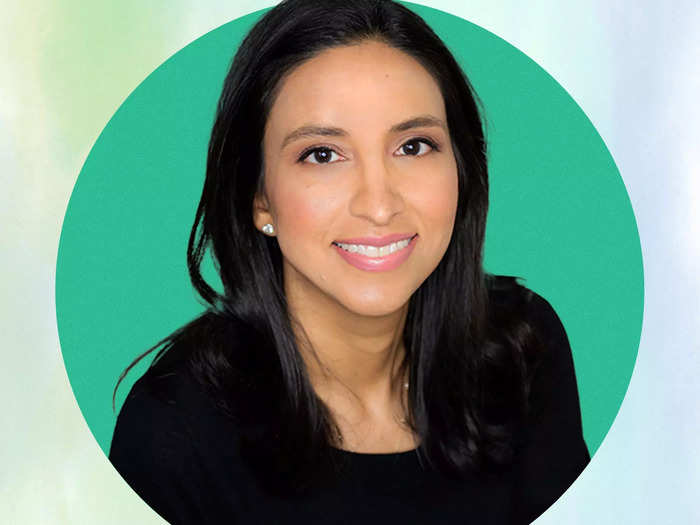
Today, Square has $7.4 billion in available liquidity, with $6.9 billion in cash, cash equivalents, restricted cash, and investments in marketable debt securities, as well as $500 million available to be withdrawn from our revolving credit facility.
With this in mind, we believe we have a strong balance sheet that affords us the flexibility to invest for the long term both organically and opportunistically inorganically, and we expect our balance sheet to grow over time.
At Square, our view has been to invest for the future, and that has become even more clear now than ever. We believe our platform uniquely serves sellers and consumers, and we want to be positioned to reach more customers coming out of the pandemic. This is a $160 billion total addressable market, and we are less than 3% penetrated.
Additionally, we believe the two big themes that will disrupt commerce and potentially other fields in the future are AI/ML and crypto/blockchain.
On the first, AI/ML will enable companies and their employees to be more efficient — the potential to quadruple revenues while only doubling employees. And it will enable us to launch products around industries that have been narrowly restricted because of their lack of modernized technology or inadequate risk models, opening up the funnel to provide access to more people.
On the second, we believe the verifiability, transparency, and independence of blockchain technology and cryptocurrency will be disruptive — first potentially as an asset like gold and possibly down the road like a currency. We want to build capabilities and learn in a disciplined way in both areas.
Our investments are long-term in nature, so while we're always willing to pivot and adapt, we have conviction in investing over long periods of time. As we measure the effectiveness of those investments, we think about compelling unit economics and about efficiency in returns on those investments across product development, sales and marketing, and customer operations.
Amy Weaver, CFO, Salesforce
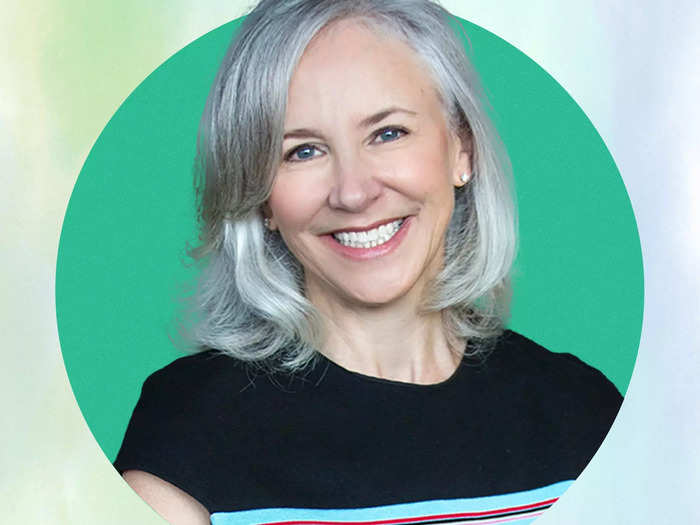
I am more excited about the opportunity for Salesforce than ever, and I'm focused on driving growth and our path to $50 billion. Our priority is always our customers' success and how we can best help them grow, because that drives our success. It is important to me that we can both grow and drive efficiencies as we scale, and we are taking advantage of this unique opportunity to reimagine our operations.
During this uncertain time, we've been able to deliver incredible execution — pivoting quickly to remote work and then executing quarter closings, earnings, investor meetings, budgeting, long-term planning, and more — all remotely.
As a company, we're challenging ourselves to drive improving profitability, and we've had early success finding efficiencies. I know we have more work to do, but I'm focused on creating a more durable company as we scale to $50 billion, and we're off to a strong start.
This year, upside in profitability has been enabled by three drivers. First, our strong business performance gives us room to provide profitability while still investing in growth and absorbing the impacts of M&A.
Second, we're taking some of the key lessons we learned in the pandemic and making them part of our permanent culture. For example, our sales enablement and virtual go-to-market motions are largely virtual now.
Finally, we're practicing disciplined decision-making and emphasizing this mindset in all aspects of the company. We're making smart investments when we see strong opportunities. This discipline will lead to more money to invest in distribution and to support growth mode during this strong demand environment.
Our innovations this year reflect the most relevant needs of our customers — including Sustainability Cloud, which helps companies track and reduce their carbon footprint, Health Cloud 2.0 and Dreampass, which help companies safely gather, and Salesforce CDP, which gives CMOs a unified, 360-degree view of their data in order to deliver personalized customer experiences. These innovations are driven by our customers and how we can best solve their needs.
Chuck Fisher, CFO, Turo
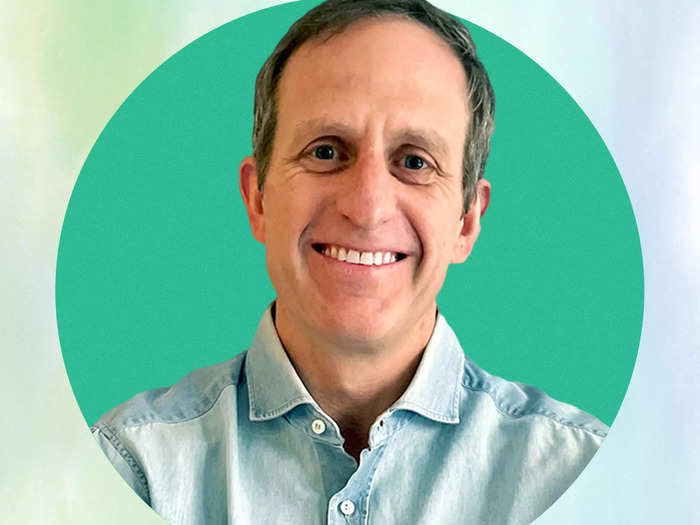
This is an exciting time for Turo as travel is starting to recover and personal mobility continues to evolve. We are capitalizing on this opportunity by investing in our brand to establish Turo as a household name and by continuing to bring innovation to our product and platform.
It's inevitable that we follow the traditional cycle of planning that means delivering a budget for the coming year to the board as the current year winds down. But I think that the most successful companies view budgeting and forecasting as a process of continuous evaluation and reevaluation, where new data is analyzed, changing market conditions are considered, and strategic priorities are recalibrated to meet the moment. The day the board approves the budget is actually the beginning of the process, not the end.
Unlocking supply is always tricky for marketplaces, especially when faced with periods of unprecedented demand; however, we took important strategic steps towards turbocharging high-quality supply on Turo, including investing $30 million towards host initiatives and providing our hosts with support, advice, and innovative tools to help them build successful businesses of any size.
Since joining Turo, it has been inspiring to witness how our hosts have consistently stepped up to help get travelers to their destination during a number of travel meltdowns. In my first seven months here, Turo hosts have consistently demonstrated the quality of our peer-to-peer marketplace. I'm also inspired by the new integrated marketing campaign we launched that speaks to our host and guest communities' shared desire to seek elevated experiences. The campaign, "Find your drive," connects our hosts' entrepreneurial drive with our guests' passion to go for the bold instead of the mundane.
Jenny Bloom, CFO, Zapier
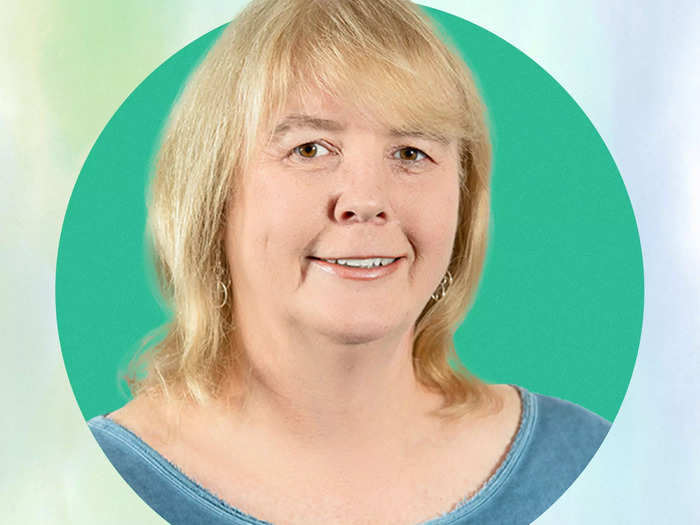
At Zapier, I focus on five key areas: ensuring that everyone has the financial information and data to make the best and most informed strategic decisions; finding new ways to drive company value and increase revenue; building a world-class team, which means interviewing and hiring great team members; continually reviewing our process and procedures to continue to scale; and working with our executive team to create and align on our goals for the upcoming months and that we're on track to hit our growth targets.
We saw an impact on the business when COVID hit in March 2020, so we implemented a five-step plan which included cutting noncrucial costs back. Thankfully, the business recovered by April 2020, we reinstated costs by July 2020, and we gave everyone a little extra bonus in December 2020.
To be transparent, you don't always know if [an investment] is a sure bet. You have to make an educated decision based on the available information you have about internal and external factors.
We're constantly doing research and development and to ensure teams are staffed for [the future]. We also set aside at least 5% of revenue for a small team to do experimental work.
One way we find inspiration for future innovations is through team hackathons. This is something we've been doing since Zapier's inception — in fact, Zapier was created at a hackathon (Columbia Startup Weekend).
We also encourage all individuals to submit "Big Bets" — ideas that can't be accomplished by themselves or by their team. Executives review Bets on a regular basis and put resources behind the ideas we believe will build a stronger Zapier.
Zapier is on a mission to make automation work for everyone. To set us up for success in achieving that mission, we have to continually invest in the business — this means everything from continuing to invest in R&D to growing the team and more.
Kevin Hettrich, CFO, QuantumScape
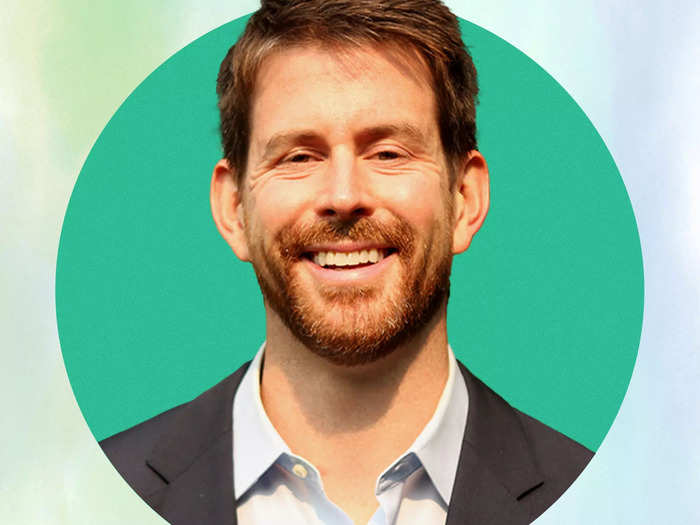
The priorities have changed a lot over our first year of being public. What made our situation a little more unique is we're a number of years from revenue, and that is not a common pattern of being publicly traded. We didn't know if our story would resonate. You have one of the largest trends hitting the industry of all time: the electrification of all transportation. But years to revenue — that's risk, and we didn't know how that would stack up.
What's unique as a pre-revenue company, except for cash balance and cash burn: There is no income statement to tell a story of revenue and profitability. We wanted to give milestones as they related to customer attraction, manufacturing, and product development. We're making choices for the first time about how to do this and setting precedents.
You're trying to think of what the company looks like in 10 years and work it backwards — the supply-chain flow of materials, where could manufacturing locations be, where you're generating IP — and coming up with a solution that fits as many of those as possible.
We're seeing and solving problems that aren't known to the rest of the industry. It's tough to thread the needle to find a team, technology, or set of equipment that matches that. We have no choice but to solve and do those things ourselves.
We've been around for 10 years, and one of the things that have enabled us to do it is, especially early on, the business team could wear more hats than was typical because our development cycle is substantially longer. And especially because there's a higher technical barrier to entry, it's very helpful. The one thing that I have benefited from having worn many of those hats is my understanding of the front line, to be able to draw the opportunities and also the consequences from a new piece of information.
We still have a lot of work to do. There's real risk in terms of the product development and the scale-up and the manufacturing engineering, but boy have we gone through a lot of things. Both the incumbents and the new entrants are bringing a ton of push into the space, and it's exciting to be a part of, from a business point of view.
Kristen Ankerbrandt, CFO, Compass
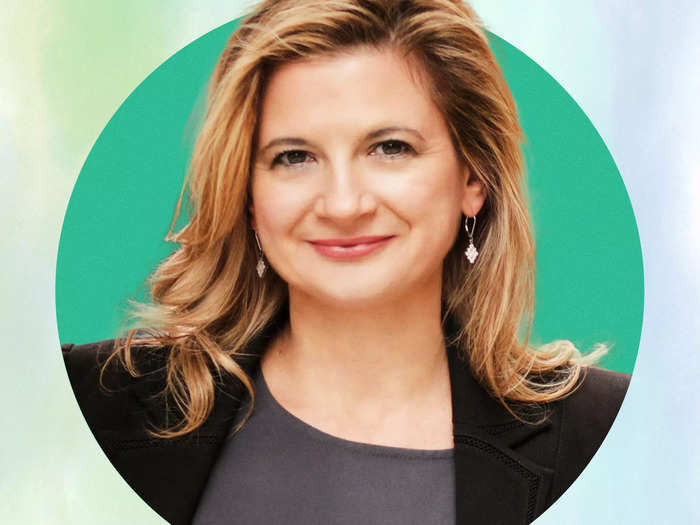
I had a nontraditional background coming to Compass. I spent 12 years at Carlyle leading investments in the technology and business services space out of our $18.5 billion US buyout fund. I originally met the team at Compass as an investment opportunity. When I started talking to them about potentially coming on to join as the CFO, I went through an investor checklist as I thought about the opportunity. The market opportunity was massive: the $2 trillion residential real-estate industry and opportunities to expand the business into title and escrow and mortgage and then other ancillary services.
There have been a lot of dollars going into the real-estate space looking to disintermediate the agent, but Compass was very unique because of its focus on empowering agents, helping them be more efficient and productive.
Is it working? The company did $370 million in revenue in 2017, and we did $3.7 billion in 2020. We grew revenue by 10 times over the last three years, which is pretty incredible, and we have grown from 2,000 agents at the beginning of 2018 to over 25,000 today.
I came here to help this company deliver on its goals, including going public. An IPO is a really exciting goal, but it's just one step along the way. One thing that always excited me about this business is we have a lot of runway for growth left. We have launched two new business lines in title and escrow, and we will launch mortgage later in the fourth quarter, all while accelerating our path to profitability.
In our second-quarter earnings call, we announced we were pulling forward our timeline for sustainable adjusted EBITDA profitability from 2023 to 2022.
Our M&A strategy falls into three buckets. It's either technology deals, or it can be in the adjacent services space. You have seen us active in title and escrow, and we have also expanded into mortgage, although we're not using acquisitions to expand there. Thirdly, we do use M&A at times to bring agents onto our platform.
We use a lot of financial discipline when we're evaluating those opportunities. What is the return on that investment? That is a question we always ask, and we look for opportunities where we are better positioned to be able to execute than others. So far we have been able to find opportunities that capitalize on our differentiation and deliver outsized results for our agents.
Mark Mason, CFO, Citigroup
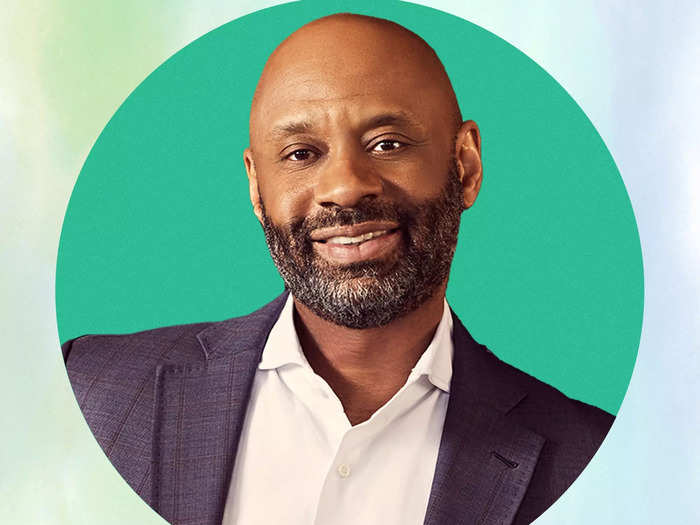
CEO Jane Fraser and I, along with the rest of the executive management team, have taken a hard look at our strategies across our different businesses and our global footprint and really tried to ensure that we are focused on the areas where we have the strongest competitive position and the most competitive advantages where we can win and can capture growth and returns over time.
If you think about technology, digitization, and all of those things that are changing the way any company, but certainly a bank, competes, this is where you need to be focused. That stems from risk controls, but also the way we service clients. They're demanding it of us, just as much as we are demanding it of ourselves and our regulators are demanding it of us.
We spend about 20% of our expense base on technology, roughly. That's a big number.
The one item that the business will protect to the very end is the tech investment or the tech ask around spending. It makes sense because in many ways there are so many benefits that come from the investments we make in technology, and technology is changing and moving so quickly.
We talk about the importance of having proper data governance or proper data strategy and how we get our data to a place where it's coming in at a very high quality. We say here at Citi, everyone owns data.
That allows you to run your operations more efficiently, but it positions you to serve your clients more effectively as well. If you can get information about your product, service, balance-sheet use, or capital use, it allows you to engage with that client in a very different way, a lot more rapidly, and continue to gain share with them.
Rachel Prescott, CFO, The Sill
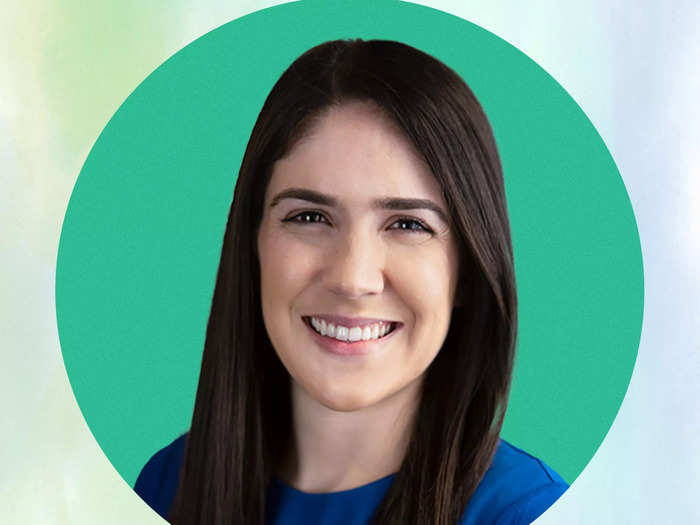
At The Sill, like most startups, our biggest strength is also a challenge. We've been growing incredibly rapidly during my tenure at the company. I've been here for about three years, and the company has just been ballooning saleswise, headcount, and store count. It's really exciting, but it introduces a lot of complexities and challenges.
We are looking to continue to invest in things that are working. We often say at the leadership level that as an organization we believe that we can do anything, but we can't do everything.
One of those things for us that we feel is working and we want to lean a little deeper in is our brick-and-mortar stores. We just opened our eighth retail store this past week on Newbury Street in Boston, and we're really excited about it. We think that the store model works very well for us.
We have spent a good bit of time in the last year or so trying to think more critically about how the organization continues to grow with the business. I would say previously that's been more reactive. But we are trying to do a better job of planning ahead and making investments in people and technology in anticipation of the growth — and alongside the growth — instead of after.
[Technology has] definitely been helpful on the finance side. Moving to an ERP has made it much, much easier to close the books and feel confident in our financial results. We have a more centralized house for all of our data. We are certainly looking for ways to augment and make the data-aggregation process a lot quicker so that the team can then spend more time drawing insights.
I always want to make sure that we are well capitalized, and I think my definition of that is that we are able to pounce on opportunities without having to necessarily worry about what's on the balance sheet. So I want to be able to give us the freedom to really lean hard into our strategy and our business plan. And I think having a well-capitalized business is the freedom to do that.
Tracey Griffin, CFO, Framebridge
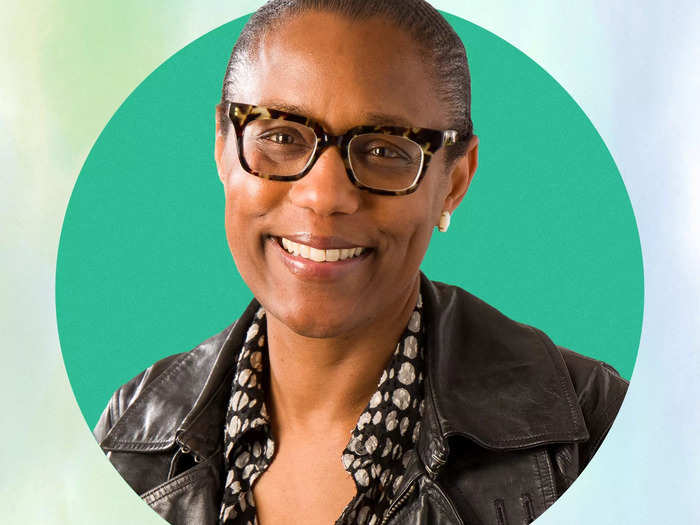
As CFO of Framebridge, Tracey Griffin said her top priorities are, "working with our founder/CEO, Susan Tynan, to support our ambitious growth agenda, building the financial and analytical skills across the organization, and supporting our business leaders on ways to mitigate some of the external headwinds related to the cost of business in a post-COVID world."
Like most organizations, depending on the scale of the investment, we develop a pro forma model that takes into consideration the scale of the investment and the potential impact it will have on the business.
As we are aggressively growing our retail footprint, this kind of analysis is something we do for each store. We build a pro forma model and evaluate the NPV and return on the capital invested. Our assumptions for how a store might perform consider a lot of inputs, including existing online consumers in the trade area, similar existing stores in our network, and extensive external data from multiple sources that help us estimate footfall traffic, trading networks, and density of our target customers.
We have a three-year financial and business road map that allows us to think further out, so we are considering what investments we need to make in 2022 to support a major growth strategy in 2023 or beyond. This allows us to allocate both our time and resources in a way to support future innovation.
We are in aggressive growth mode, and much of the road map for growth over the next few years will continue to focus on making the investments we are making today — building world-class manufacturing facilities, investing in marketing to build a national brand, expanding out our retail footprint to support omnipresence nationally, and investing and building a great workforce.
Tricia Gugler, CFO, Whoop
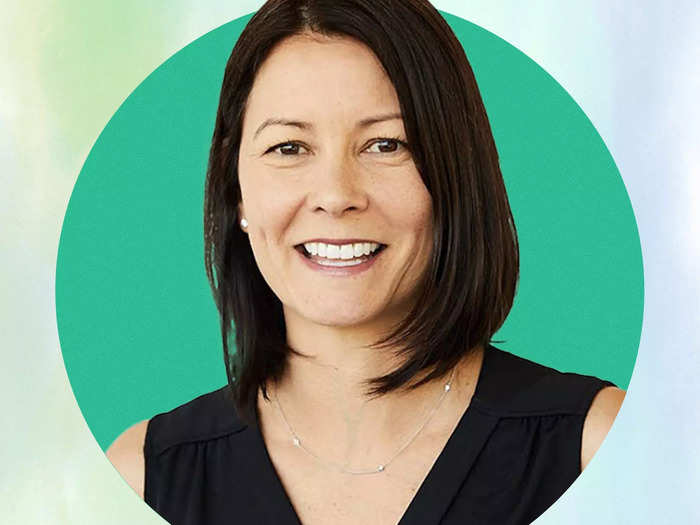
My biggest priority is supporting the overall mission at Whoop to unlock human performance. Our opportunity is large, which means we need to be disciplined in how we deploy our capital to drive growth in both the short and long term while balancing bottom-line results and returns.
We view all major decisions through the lens of our members and aim to create the best possible experience for them. In addition, I'm focused on ensuring we have the systems and processes in place so that we can scale efficiently. It's an exciting time to navigate all the opportunities and growth in front of us.
At the moment, our biggest challenge at Whoop is managing through global supply-chain constraints. We've established key metrics and developed a robust process to bring the new Whoop 4.0 to members as soon as possible.
All investments are made with a focus of driving growth and/or retention. We build financial models with assumptions that are pressure tested with the business and finance. In many cases, we use the capabilities of our data-science team to create more sophisticated predictive models on potential outcomes. We'll generally have a few scenarios to review and debate, then lock on the most likely.
For example, we recently acquired Push, which improves our ability to capture strain related to weightlifting. We believe this acquisition will first bring value to our existing members and will also help us capture more of the weightlifting market. The key is to have a quantitative way to review decisions, monitor, and adjust if needed.
We'll always keep the majority of our investments grounded in product and engineering, enabling us to innovate and provide the most advanced technology and features to our members.
We are very happy being a private company but do believe Whoop can be a successful company in the public markets. Although we have no specific plans, we are building our capability to be public-company ready so if and when we choose to go, we can.
Vasant Prabhu, CFO, Visa
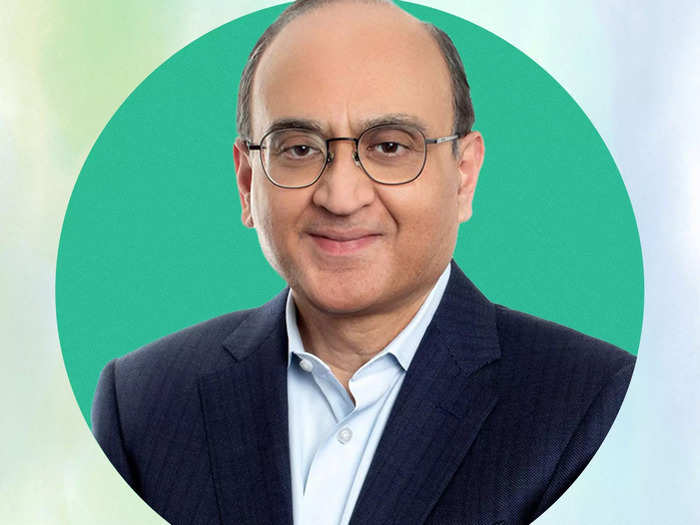
We're in the midst of a major transformation in the money movement globally. With change comes some exciting opportunities and also, obviously, some challenges.
It is very, very important that as a leadership team you're aligned on what your strategy is and what the specific priorities are.
Where finance plays a much larger role is how we allocate resources — people, money, etc. — efficiently and effectively around those priorities. And how do you avoid the normal pitfalls, which are spending too much on things that may not move the needle or too little on things that could, or sticking with something too long when it isn't paying off.
It's a time when we're trying to do many new things, adding new services and new capabilities. How do you strike the right balance between being disciplined — whether it's in resource allocation or risk management — while at the same time not slowing things down?
The vast majority of our growth comes from internal investments, versus from organic growth. We selectively acquire businesses. We acquire when it is faster and cheaper to buy it rather than to build, or they bring some capabilities that we might decide is something we would rather buy at this point because we have other priorities in terms of what we need to build.
We get to see a lot of great companies who are innovating in our sector. We partner with the vast majority of them because we help innovate at scale.
If you're an innovator, we help you scale faster by using our network than if you had to build it yourself. For a small subset of those, there is a possibility that they are interested and we are interested in doing something that is very unique commercially.
In those very specific cases, we will consider investments. If we like the team and we like the financial potential of the business, then we will actually make the investment.
We can make all the investments we make without massively changing our capital structure. So for the foreseeable future, I don't really see big changes in our capital structure. Having said that, we'll stay flexible.
Credits
Series editors: Lily Katzman, Bria Overs
Design: Kazi Awal
Editors: Alex Davies, Hana Alberts, Jake Swearingen, Matt Weinberger, Meredith Mazzilli
Reporters: Alexa St. John, Carter Johnson, Dan Geiger, Paayal Zaveri, Shannen Balogh
Photography: Photos provided by companies
READ MORE ARTICLES ON
Popular Right Now
Popular Keywords
Advertisement